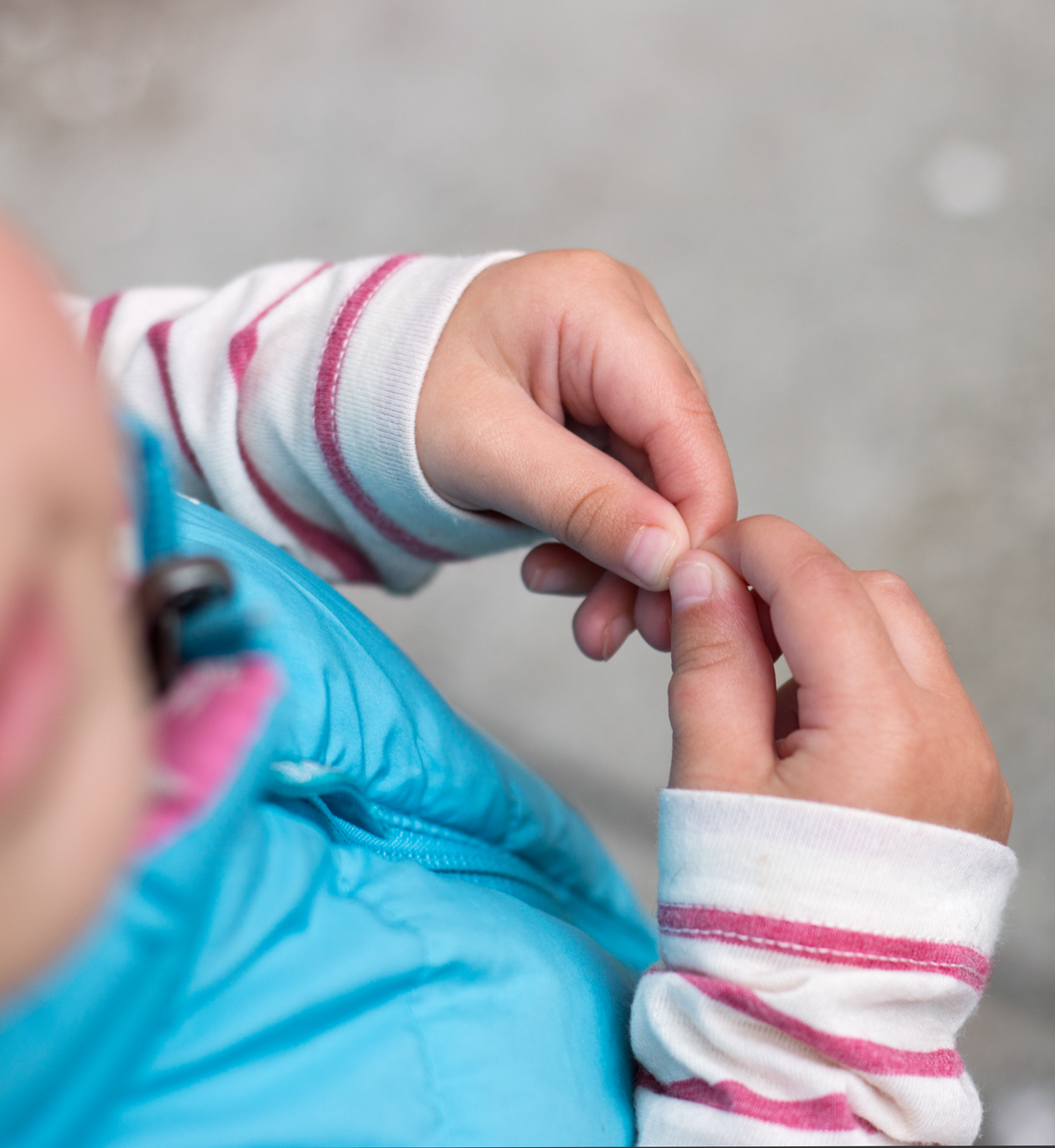Teaching Bean to sign has been the best decision Dave and I made. More than anything else, it has given her independence and confidence, from an extremely young age. She has also been an amusing and talkative presence in our lives for so long, that I sometimes forget that she can’t verbally talk much yet.
We decided to teach Bean sign after seeing it work with our niece. The three of us took a starter course at Kaiser, and we had a ton of fun. The course is taught by a hearing child of deaf parents, and he convinced us that sign would have continuing benefits, even after our daughter started speaking verbally. (And now, when I can sign “DID YOU POOP? DO YOU HAVE TO GO POTTY?” across a playground, without having to scream it, I have to say: I agree with him.)
The key is to start slowly, and not expect anything for months.
We started with a few signs when Bean was 3 or 4 months old: more, milk, all done. My favorite signing site is Signing Savvy. It has videos for the common sign, but additional videos in tabs for alternate signs.
Whenever we said the word, we signed it as well, making sure she was looking at us.
Two months later, she started signing “more”. She was very enthusiastic about it — signing more meant that she got things. (She wanted all the things.)
Of course, babies don’t really sign perfectly, so it’ll also take you a while to catch on that your kid is communicating with you.
“More” looks like the fingertips of your two hands meeting; for Bean, it looked like clapping or praying. She’d slam her hands together and look at us beseechingly. She signed “water” for a month before I caught on.
After that, we slowly added signs that seemed relevant. I’d think, “it’d be really useful if she could tell me she wanted her stuffed pig.” And so I’d look up “pig” on Signing Savvy.
When she was 8 or 9 months old, it was daylight savings time and she was enamored by lamps; she’d never seen them turned on before since she was usually asleep before dark. We taught her “lights.”
A month later, we were in Tokyo during the holiday season. Doing backbends out of her Ergo and staring up at all the neon blinking and dashing, she emphatically signed LIGHTS LIGHTS LIGHTS. Her face full of wonder and awe. At 10 months old, she was already able to comment on something she was witnessing, making sure we saw it too.
Thus began our “oh, you’re actually a person” stage.
Around the same time, she became very interested in noises and birds. I taught her how to say “hear” and “bird.” I would watch her sitting in her stroller, signing “hear” “bird” and “where?” I’d stop, and we would look for the bird together. She couldn’t even walk yet. It often feels like young infants are a blank slate. But, here, she was actively engaged and interested and curious, and thanks to signing, I could take part in it.
She could also sign for “daddy” when she missed him; it was eye-opening to realize that she was thinking about him, even as she sat on the floor playing with blocks. I had no idea babies had an internal life, mulling over topics that weren’t immediately at hand.
After she turned a year old, she went from learning one or two signs per month to multiple signs per week. We used the same process; picking words on Signing Savvy that we thought she could use. She was suddenly much more capable of learning language than her verbal communication indicated.
This is when things got fun and interesting.
With many nouns and key verbs under her belt, I started teaching her feelings. What a powerful thing to teach someone, that there’s a name for what they’re feeling right now. The tantrums and toy throwing stopped when I taught her “frustrated.”
“Scary” was another useful one. I had no idea she was scared of so many things. “Hop On Pop”? TERRIFYING.
By 16 months, Bean would spit out five or six signs in rapid fire, faster than I could verbalize, each of them accurately describing the situation. I showed her an episode of Signing Time one day when I was sick; she was hooked.
When she started speaking verbally, we kept on signing with her. It has been immensely helpful. Her first verbal words have all been words that she already knew how to sign. Signing also helps us understand what she’s trying to say. “Bah” can mean anything from banana to baby to bath to bottle.
And now, approaching 2, she’s speaking and signing in full sentences. She even makes up her own signs, and is even excited to learn signs for words she can already say verbally.
If you’re thinking about signing with your baby, I can’t recommend it enough. A class might be useful to teach you some basic signs, but I think parental instinct and a good signing dictionary website is all you really need.
You likely already know what your kid wants or is feeling at any given time. Teaching her sign, though, gives her a voice, and makes her feel heard and understood. It is a profound tool.







